[ By Steph in 7 Wonders Series & Global. ]

Sucked into the sea by earthquakes or intentionally flooded to create dams, ancient and contemporary cities lurk just beneath the surface in bodies of water all over the world. Some, like Alexandria in Egypt, represent some of the most significant archaeological findings in recent history; others are more mysterious in origin. The eerie remains of these 7 submerged cities will reveal their secrets only to those who can swim through their underwater streets in scuba suits.
Cleopatra’s Alexandria, Egypt


(images via: smithsonian, archdaily)
The Alexandria of ancient Egyptian ruler Cleopatra was lost for 1,600 years, with tales of its existence seeming like no more than legends. But a team of marine archaeologists stumbled across the ruins off the shores of the modern-day Alexandria in 1998, unearthing vast monuments still standing after all this time. The city was likely taken by the sea as a result of earthquakes. Historians have found columns, sphinxes, statues, temples and the foundations of a palace that likely belonged to Cleopatra herself.
Alexandria is considered one of the richest archaeological sites in the world. In addition to these vast stone monuments, coins and everyday objects have been discovered, painting a picture of a city described more than 2,000 years ago by Greek geographers and historians. Recent dives have unearthed some of the major scenes from the lives of Cleopatra and Marc Antony as well as statues of the queen’s son and father.
Pavlopetri, Greece

(images via: university of nottingham)
Believed to have been submerged off the coast of Greece by a series of earthquakes around 1,000 BCE, Pavlopetri is the oldest-known underwater archaeological town site in the world. Unlike other underwater ruins, which are incomplete or difficult to verify as actual man-made structures, Pavlopetri has a complete town plan, including streets, architecture and tombs. It consists of about 15 structures, submerged about 10-13 feet underwater.
Discovered in 1967, the site has been routinely explored by the University of Cambridge and the University of Nottingham, the latter of which has an ongoing excavation project to find and date artifacts found on the ocean floor.
Port Royal, Jamaica


(images via: wikimedia commons, nautilarch.org)
Tranquil tropical seas have silenced what was once “the most wicked and sinful city in the world,” according to those who traveled there during its heyday as pirates’ favorite party city. Port Royal, Jamaica was famous for its booze, its prostitutes and its raging all-night entertainment. As one of the largest European cities in the New World, it was also home to a number of very wealthy plantation owners. It was devastated by an estimated 7.5-magnitude earthquake in June of 1692, which sucked it into the ground on its unstable sand foundations and killed about 2,000 people. Its ruin was seen by the pious as retribution for all that had occurred there.
Forty feet of water now separate the remains of Port Royal from the surface of the sea; though it was still visible from above until the early 20th century, it has continued to sink and much of it is now covered with sand. It, too, has been an incredible site for archaeological exploration, revealing artifacts in near-perfect condition, like a pocket watch from 1686 stopped at 11:46.
Dwarka, Gulf of Cambay, India

(images via: city of dwaraka)
Could the undeniably geometric ruins in India’s Gulf of Cambay be the lost city of Lord Krishna? Many Indians believe so, designating Dwarka as an important site for Hindu pilgrimage. The ruins are located just off the coast of modern-day Dwarka, one of the seven oldest cities in India. The ancient Dwarka was a planned city built on the banks of the Gomati river but was eventually deserted and submerged into the sea, as documented in texts like the Mahabharata and Purana, though some experts maintain that it was mythological.
As the story goes, Lord Krishna had a beautiful and prosperous city built, with 70,000 palaces made of gold, silver and other precious metals. It was his death that supposedly sent Dwarka sinking into the sea.
The ruins, discovered in 2000 and investigated with acoustic techniques, are known as the Gulf of Khambat Cultural Complex. They’re 131 feet beneath the surface. One of the artifacts dredged up by scientists was dated around 7500 BCE, which could support the theories that it is, in fact, the ancient Dwarka.
Next Page:
Submerged Cities 7 Underwater Wonders Of The World






[ By Steph in 7 Wonders Series & Global. ]
[ WebUrbanist | Archives | Galleries | Privacy | TOS ]




WebUrbanist
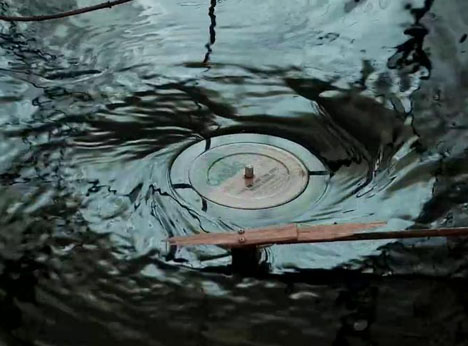
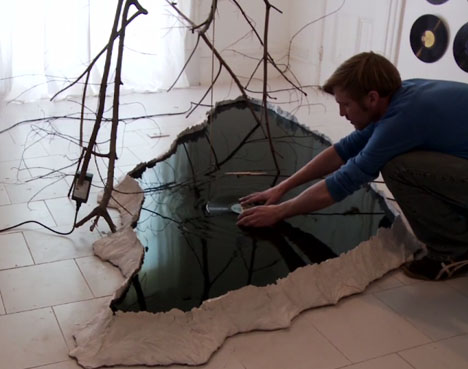

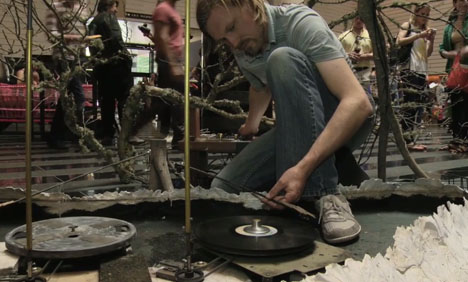






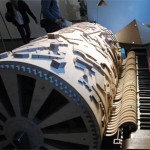












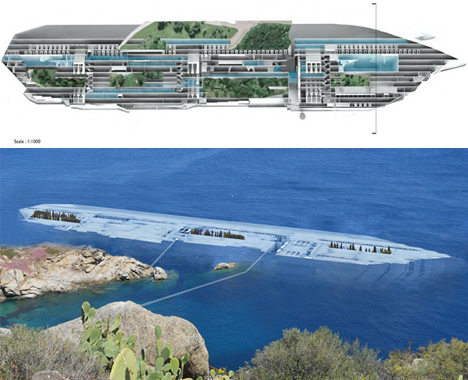





You must be logged in to post a comment.